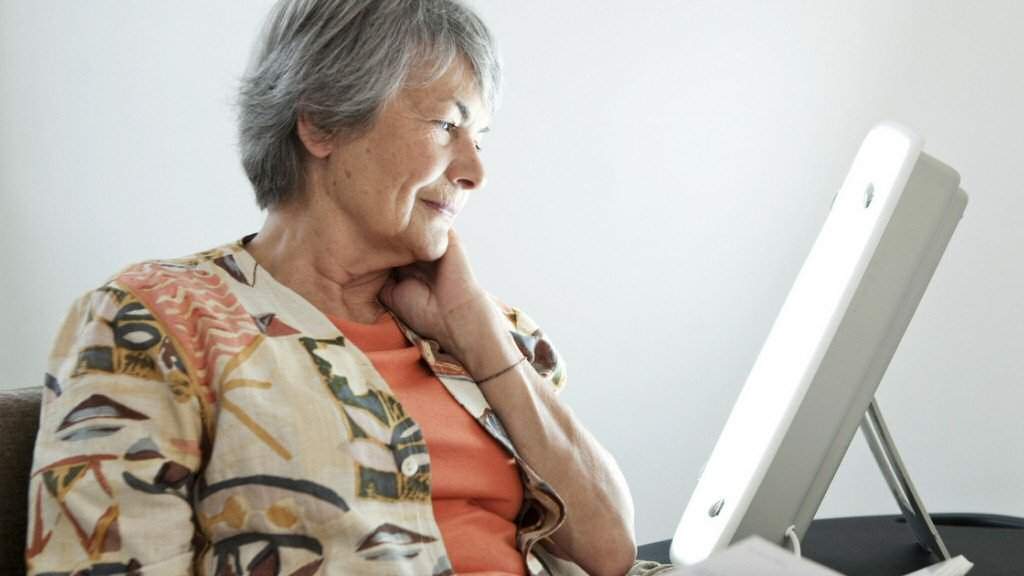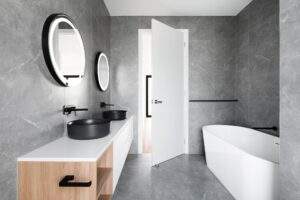Find Top 9 Amazing Lighting Tips For Elderly People

With aging, seniors may face challenges with vision. In the US alone, 12 million people above the age of 40 have a visual impairment. Older people face trouble seeing distance, distinguishing colors, looking at small fonts, and more. They find it difficult to read. Poor eyesight not only frustrates them but also reduces the quality of life. Thus, maintaining proper lighting is essential for an active lifestyle.
Thankfully, with a few adjustments and equipment like reading lamps, seniors can see better and live a safer life. Here are the lighting tips for you or the seniors at your place.
1. Increase Ambient Level
The retina of 60 years old receives one-third light that of a 20 years old retina. Thus, senior citizens may require twice as much light to see as much we need at the age of 20. Ambient light is a global light that illuminates the entire room. As we age, we require more of it. So, keep increasing the light level. The easiest way is to add a portable lamp that you can move from table to floor without rewiring.
If you’re on a strict budget and worried about an increased light bill, you can switch to power-saving bulbs like CFL or LED. A 25 watt CFL bulb will give you 4 times more light than the usual 25-watt incandescent. A 25 watt LED will give you 6-7 times more light.
While adding a new bulb, ensure that it doesn’t exceed the maximum wattage of your fixture.
2. Embrace the Natural Light
The best and powerful source of ambient light is the sun. It delivers 10,000 footcandles of light or over 107,000 lumens. So, open your windowpanes and let the light illuminate the room. You may use skylights and solar tubes to let in more light. Of course, this will help you during the day. You would require an alternate solution to improve the ambient light when the sun goes down.
3. Lighten Up Your Walls
Dark walls absorb more light. It requires 4 times more light than off-white walls. So, if required, repaint your dark walls with lighter shades to avoid glare. Use paint with LRV (light reflective value) of 70-80 for walls and 80-100 for ceilings. The higher you get the value, the brighter your room will be.
4. Add Dimmers
Seniors need to crank up the lumens for clear visibility. However, they would appreciate a device that could lower the brightness while relaxing. Dimmers are connected to light fixtures; they help control the amount of light at any time. By changing the voltage waveform, you can change the output intensity. For instance, to watch TV, you can keep the light low. For reading, you can use a desk lamp with a dimmer switch.
5. Reduce Reflected Glare
Seniors are sensitive to glare, but as the light increases, the risk of creating glare increases. However, you can reduce it by using light fixtures with opaque shades. Next, avoid the direct sight with a good fitting lampshade.
Also, avoid shiny surfaces when replacing tables, lighting, framed arts, etc. Use matte instead of glossy glare.
6. Maintain Light Level
Increased ambient light gives more uniform light within a room. Aging eyes may have difficulty adjusting to the changing lights, and so it’s essential to keep the light uniform. Keep it uniform in the frequently used rooms. Avoid dramatic changes in the light levels.
7. Find a Portable Desk Lamp
Seniors love to stay active with their crafts and hobbies. Most of it, such as knitting, sewing, or reading, requires focus and hand-eye coordination, which is aided by proper lighting. So, to improve their past, move their crafts to a well-lit room. Add a portable lamp for reading or carrying out other activities.
8. Ensure Safety First
Poor lighting reduces the depth perception for seniors. Thus, it becomes a safety concern for areas like the staircase, bathroom, and kitchen, where misperceptions are common.
So, read the room advice and pay proper attention. Simply adding more light won’t make it safer. It should be glare and shadow-free. Glare can fool seniors into thinking that the area is wet and shadows on the floor can be lower than actual.
9. Make Home Lighting ‘Senior-Friendly’
If you have a senior moving in with you or you’re the one entering the golden age, it’s a good time to reevaluate your home lighting.
Ensure that you have large windows in each room. Provide adequate indirect ambient light in all rooms. Stairs and steps should be well lit and so should be the craft and hobby area. While adding lights, make sure they are free from glare and shadows. Lastly, add wall switches near to the door and beds, where it’s easily accessible.
If you’re missing on any of this, get it fixed today.
Summary
Aging eyes require twice the amount of light to see than young eyes. So, to adjust it, increase the ambient light, add dimmers, avoid glare and shadows, and lastly, ensure safety.







